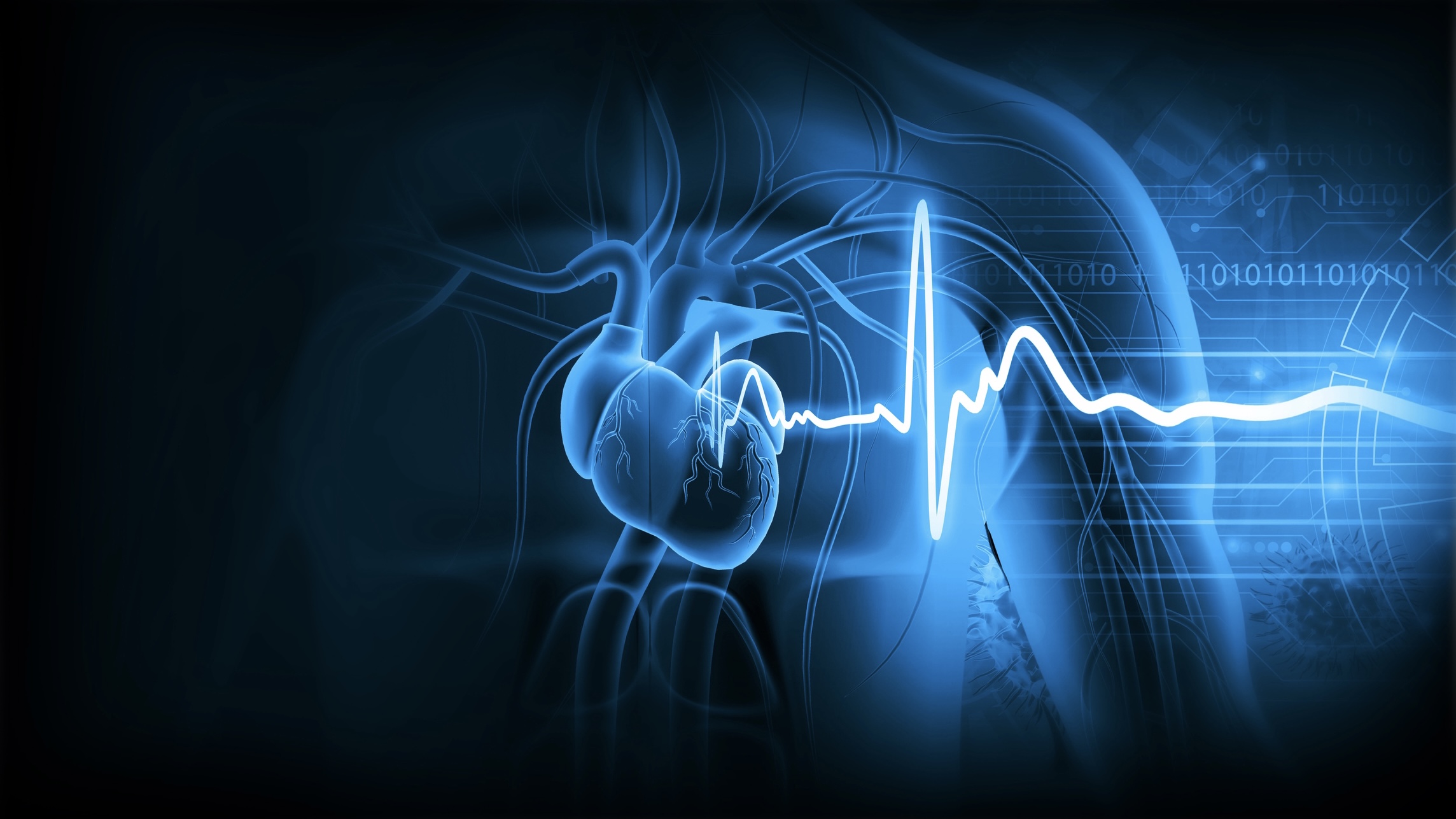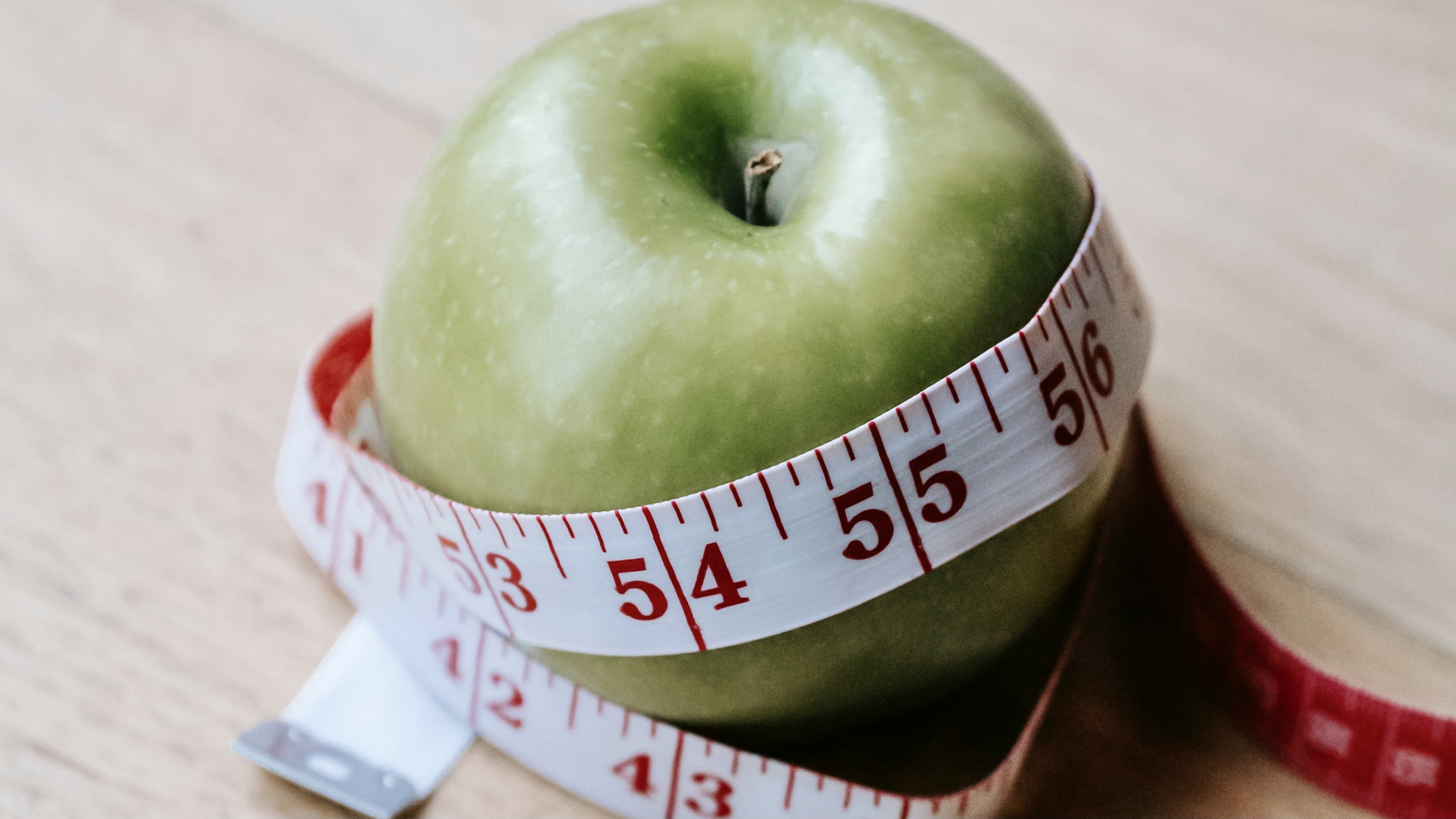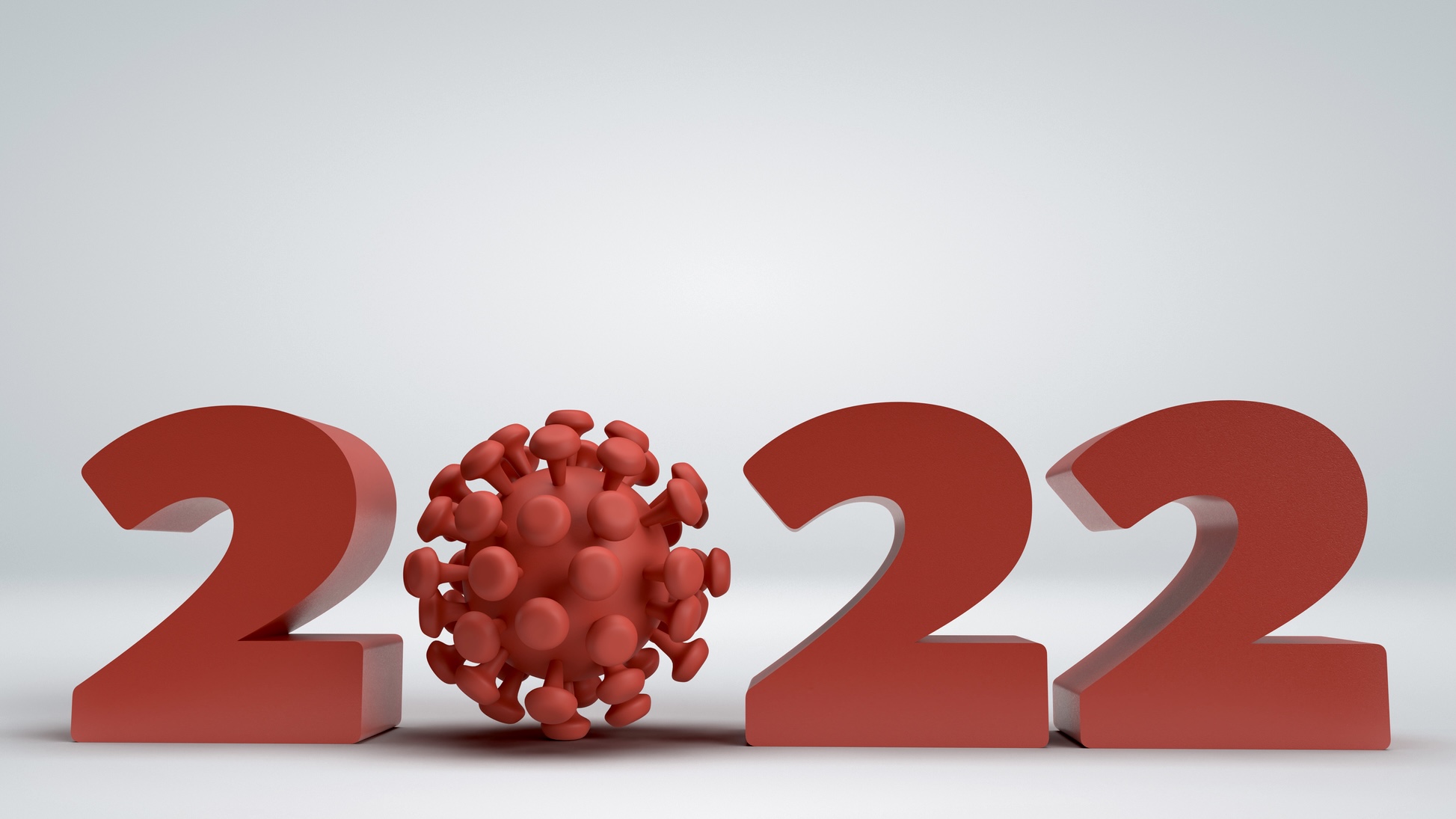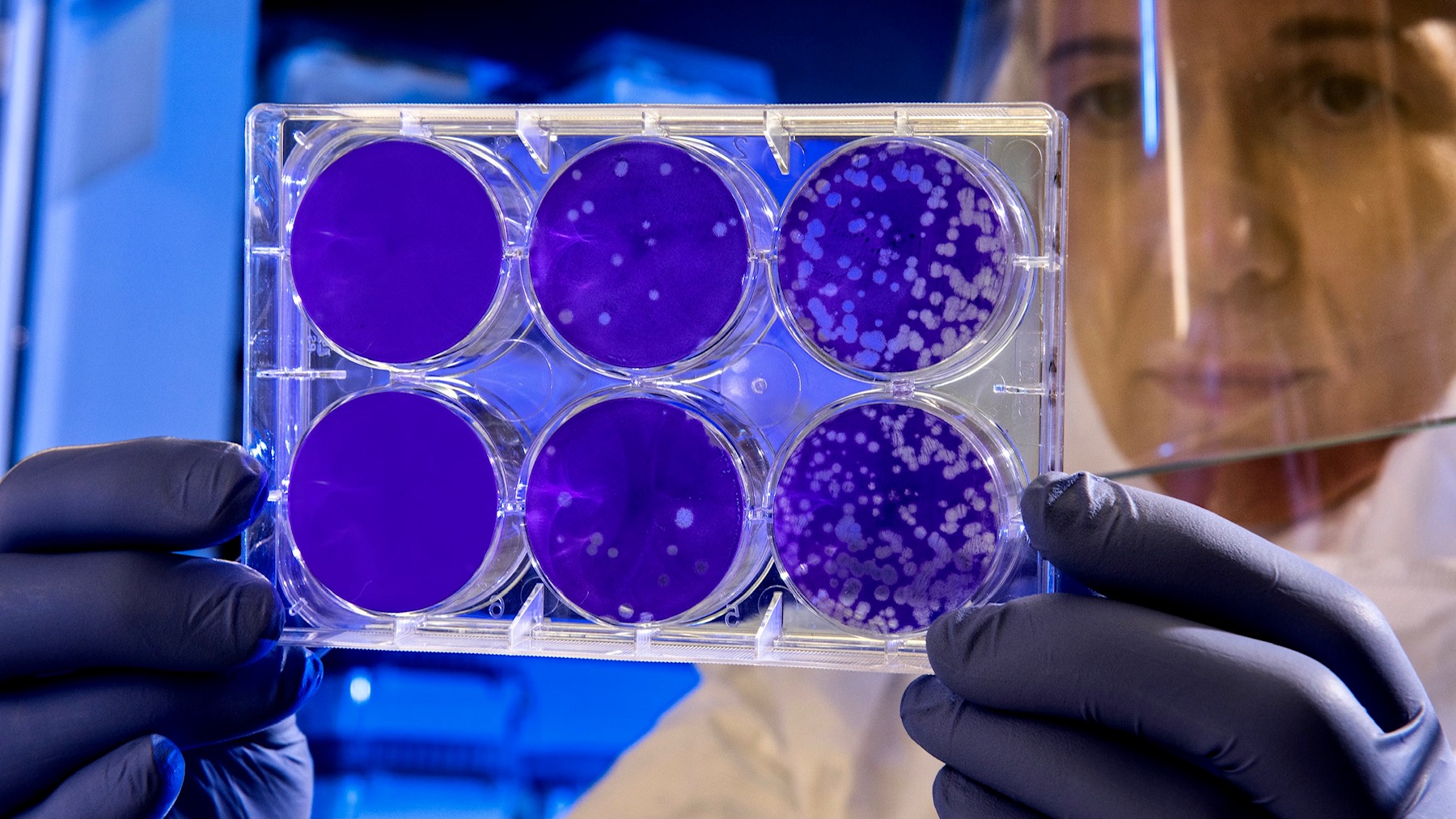By Tim Arnott, M.D. –You could be heart attack proof in three or four weeks? That’s right. Freedom from a heart attack in less than a month. Says who? Says Dr. Caldwell Esselstyn, author of Prevent and Reverse Heart Disease, director of the Heart Disease Reversal Program at the Cleveland Clinic.
One of his patients with restricted heart muscle blood flow, determined by positron emission tomography (i.e., PET scan) showed those arteries opened up on a repeat scan just three weeks after starting Dr. Esselstyn’s nutritional intervention.[1]
That’s great news, considering heart disease is our leading cause of death for both men and women, resulting in a heart attack every 36 seconds.[2] In fact, over 18 million adults, age 20 and older have coronary artery disease, which kills one of every four people or 659,000 people each year. Additionally, every year, about 805,000 people in the United States have a heart attack. Of those, 605,000 are a first heart attack. Amazingly, 1 in 5 heart attacks is silent—the damage is done, but the person is not aware and feels no chest pain.[3] More shocking, a sudden fatal heart attack (called “sudden death”) is the first symptom of heart disease in 60% of men and 50% of women.[4] No warning! No chest pain. No opportunity to say “goodbye” to loved ones and friends. No time to make out a last will. Never admitted to the hospital.
Wow! That’s shocking. So, how early does coronary artery disease get started? Incredibly, Dr. Napoli at the Federico II University of Naples, Italy, discovered that LDL (“bad”) cholesterol oxidative damage caused by free radical cellular exhaust and formation of fatty (cholesterol) streaks occur in the uterus during fetal development. That’s right–before birth! Both phenomena are greatly enhanced by high cholesterol in the mother. [5] Additionally, almost all persons have aortic fatty streaks by age ten. Most people have coronary artery fatty streaks by age 20, regardless of which state they are from or their ethnic origin.[6]
Won’t my physician be able to tell me my risk of a heart attack? That depends on how they read your lipid panel. The lipid panel contains all your cholesterol and triglyceride (i.e., blood fat) numbers. If the standard reference ranges are used, your risk will likely be underestimated, and you may leave your physician’s office with a false sense of security. For instance, if your total cholesterol level is 199, you may be told your level is in the normal range. The National Cholesterol Education Program of the National Institutes of Health will call your 199 level “desirable.”[7] Additionally, this organization would call a total cholesterol of 239 “borderline high.”[8] The problem is that approximately one-third of heart attacks occur in those with total cholesterol between 150 and 200. So, one in three heart attack victims have a “desirable” cholesterol level. Yet, in over 40 years of the Framingham Heart Study, the longest ongoing heart study globally, no one had a heart attack if their total cholesterol was below 150.[9],[10] Further, in people groups around the world with an average total cholesterol below 150, coronary artery disease is essentially non-existent.[11]
So, if 150 is the goal, can’t I take a statin drug to lower total cholesterol to less than 150? Unfortunately, not. A study in the New England Journal of Medicine, in which enormous doses of statins successfully reduced patients’ cholesterol levels well below 150, showed that their diet never changed, and one out of four of the patients experienced a new coronary event (e.g., heart attack) or died within just two and a half years.[12] Probably most telling of all, Dr. Esselstyn followed 198 patients with coronary artery disease and a history of one or more coronary events (i.e., heart attack, bypass surgery, or stent). One hundred seventy-seven followed his dietary protocol for an average of 3.7 years (89% of patients). Over 99% avoided another major cardiac event! Thirteen of the 22 patients who did not follow his protocol had major cardiac events’ namely, heart attack, stroke, even death. That is a recurrence rate of 62%. Only one patient who followed Dr. Esselstyn’s dietary protocol had another coronary event a recurrence event rate of 0.6%!
So, what is Dr. Esselstyn’s dietary regimen? It’s simple. Let’s take it directly out of his book, Prevent and Reverse Heart Disease. Namely, no meat, poultry, or fish–not even salmon. No dairy of any kind–not even skim milk or non-fat yogurt. No eggs–not even egg whites or Egg Beaters. No oil–not even virgin olive oil or canola oil. Aim for 100% whole grain products. Ingredients must say, 100% whole wheat, or 100% whole buckwheat, whole rye, etc. Avoid semolina flour in pasta. Leave off white rice. Discontinue juice. Fruit is great. A little juice used to sauté, or season recipes, or for salad dressings is fine. Eat soy products cautiously. They are high in fat (> 40%), and many are highly processed. Only use Lite Tofu (e.g., Mori-Nu or NaSoya Lite Firm Tofu). Reduce sugar as much as possible. Dr. Esselstyn uses stevia. If you have heart disease, do not eat nuts, olives, avocados, or coconut. Read all labels, especially the ingredient list! The rest of the world of vegetables, dark leafy greens, fruit, beans, legumes, 100% whole grains, and herbs is yours![13] This diet is nothing new. With the exception of excluding nuts, it’s the diet the Creator gave to our first parents as recorded in Genesis 1:29 and Genesis 3:18. Genesis, Chapters 1-3 is state-of-the-art, even when it comes to solving atherosclerosis, the Number One killer on the planet![14]
This Valentine’s Day might be a great opportunity to help your loved one become heart attack proof. If you sense the need for help on such a journey, call the Rocky Mountain Lifestyle Center at (303) 282-3676 for a free 15-minute discovery conversation with our physician. It could save their heart and their life.
— Tim Arnott M.D. is a Board-Certified Lifestyle Medicine physician and is the medical director of Rocky Mountain Lifestyle Center; photo by Istock
[1] J Fam Pract. 2014 Jul;63(7):356-364b.
[2] https://www.cdc.gov/heartdisease/facts.htm
[3] ibid
[4] https://www.pbs.org/wgbh/takeonestep/heart/interviews-nissen.html#attack
[5] J. Clin. Invest. Volume 100, Number 11, December 1997, 2680–2690.
[6] J. Atheroscler. Res., 1969, 9:251-265.
[7] https://www.nhlbi.nih.gov/files/docs/guidelines/atglance.pdf
[8] ibid
[9] JAMA 1986;256:2835-2838.
[10] http://www.pbs.org/saf/1104/features/castelli4.htm
[11] Keys A. Seven Countries: A Multivariate Analysis of Death and Coronary Heart Disease. Cambridge, Massachusetts: Horoord University Press, 1980.
[12] Esselstyn Jr. M.D., Caldwell B.. Prevent and Reverse Heart Disease (pp. 67-75). Penguin Pub Group.
[13] ibid
[14] https://www.who.int/news-room/fact-sheets/detail/cardiovascular-diseases-(cvds)




